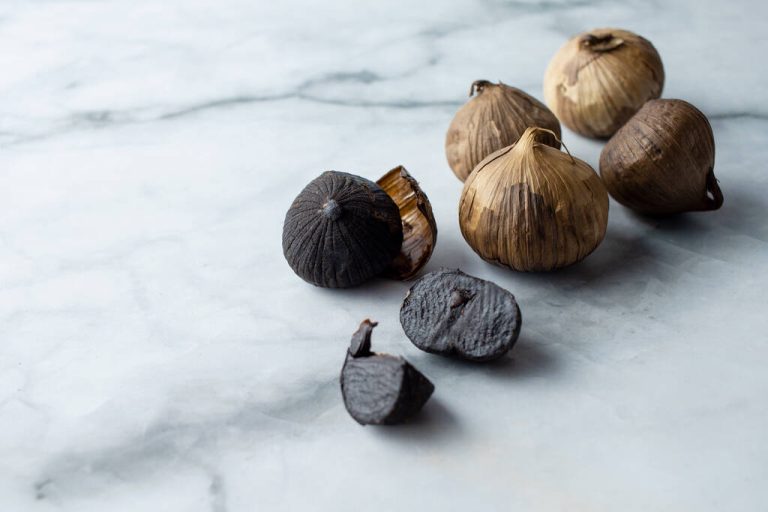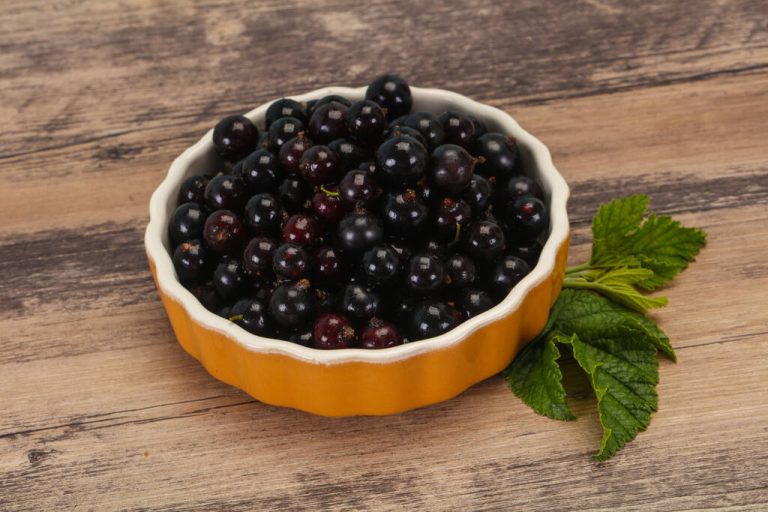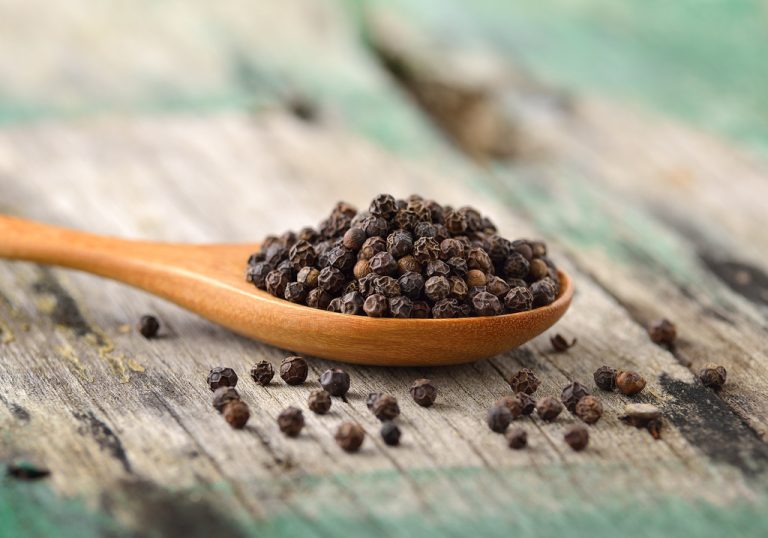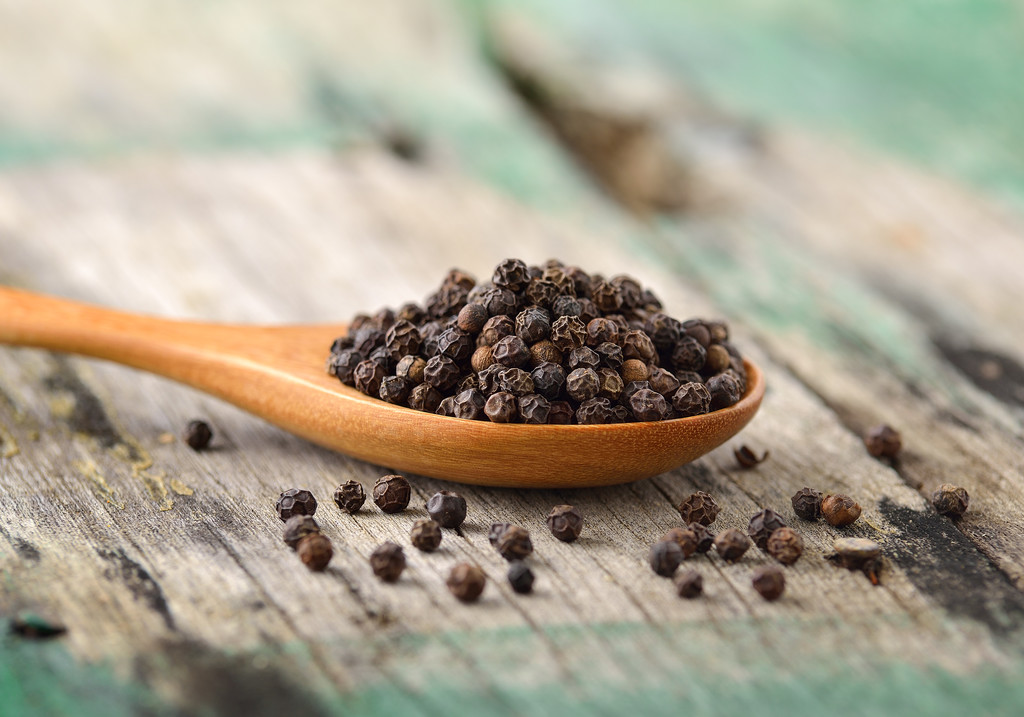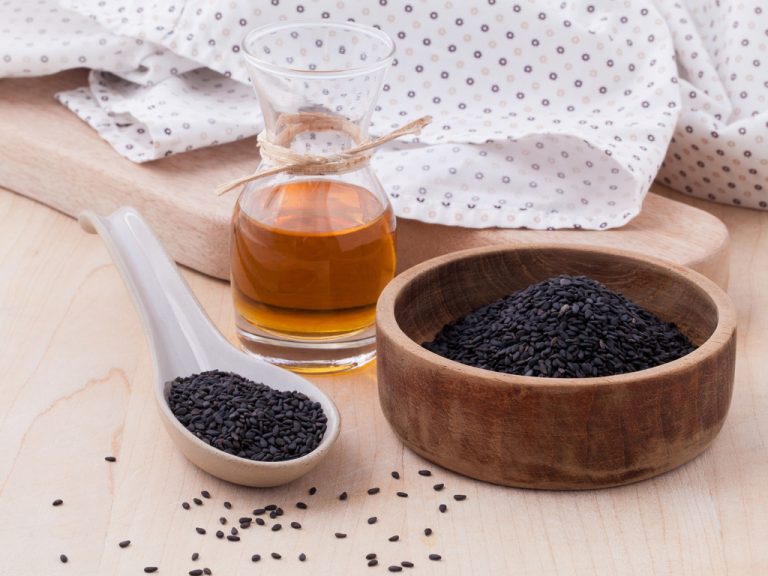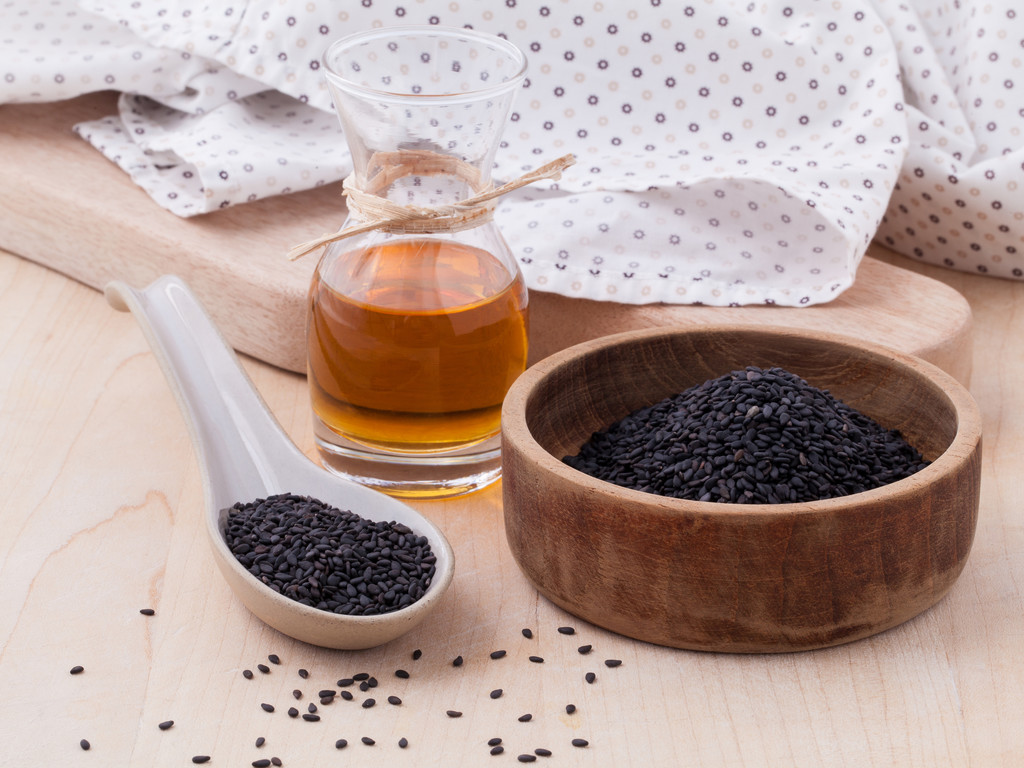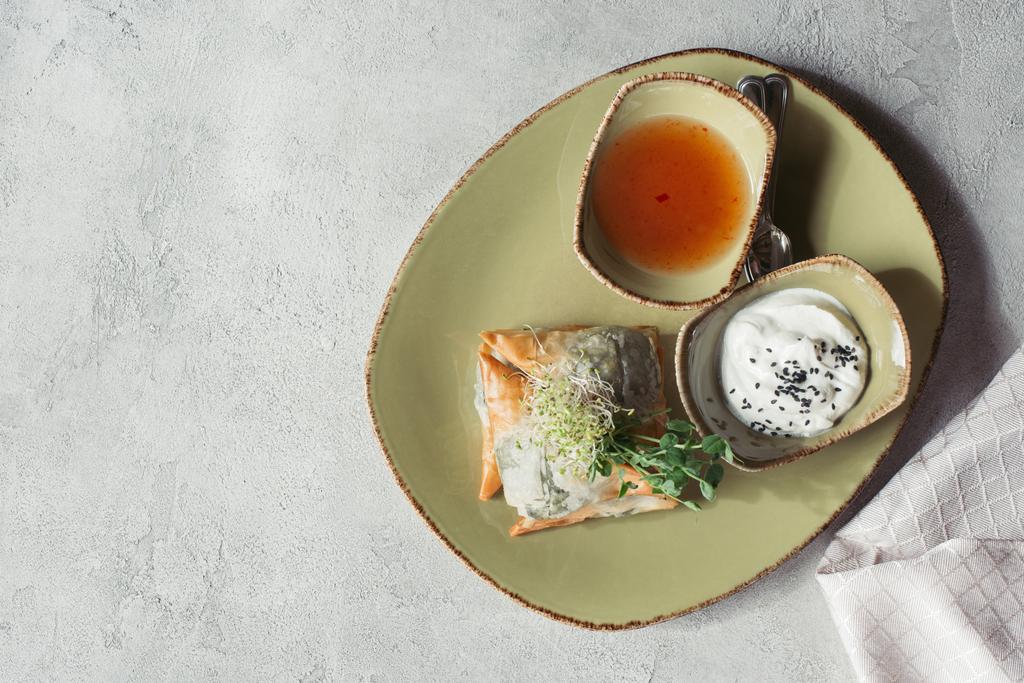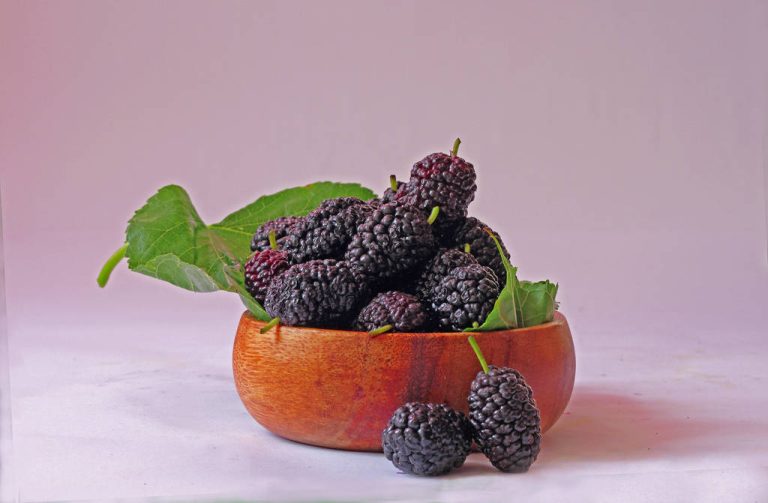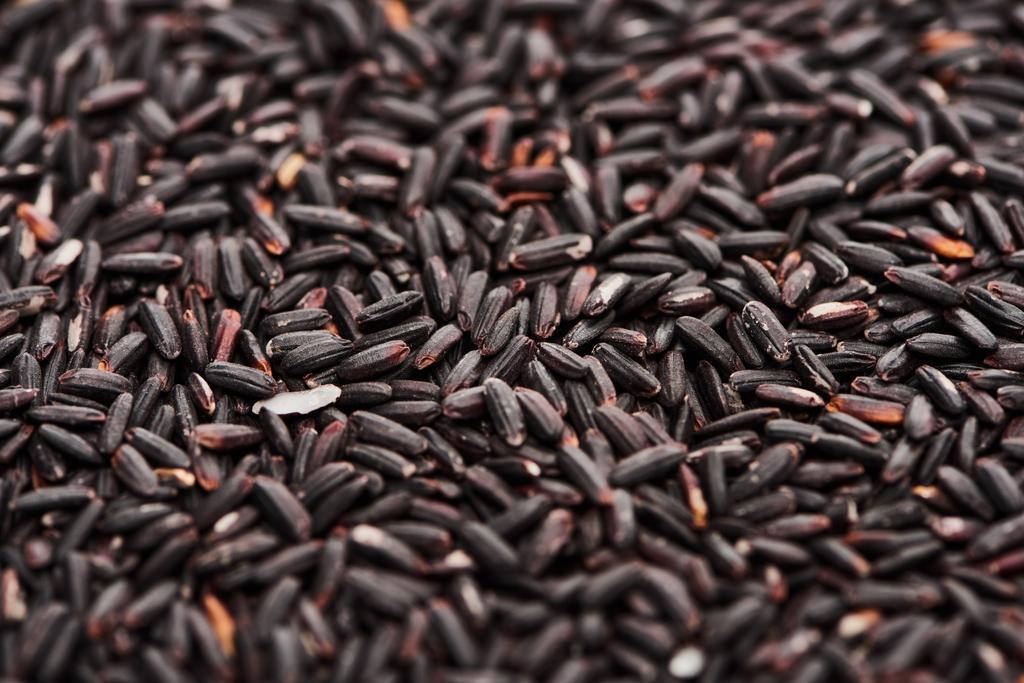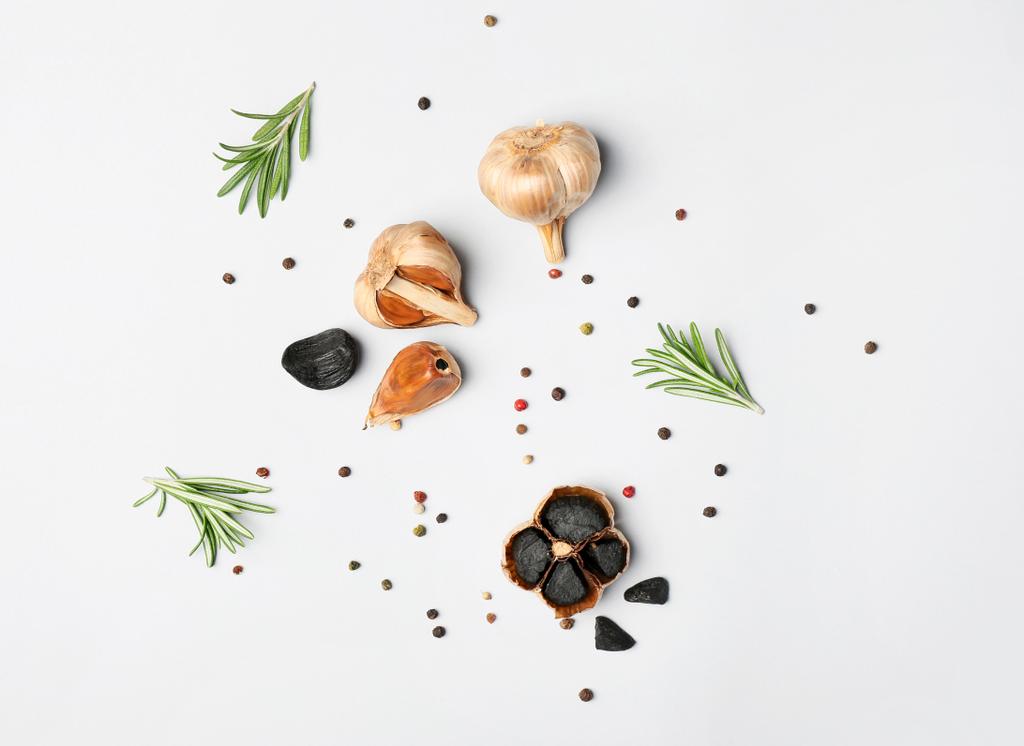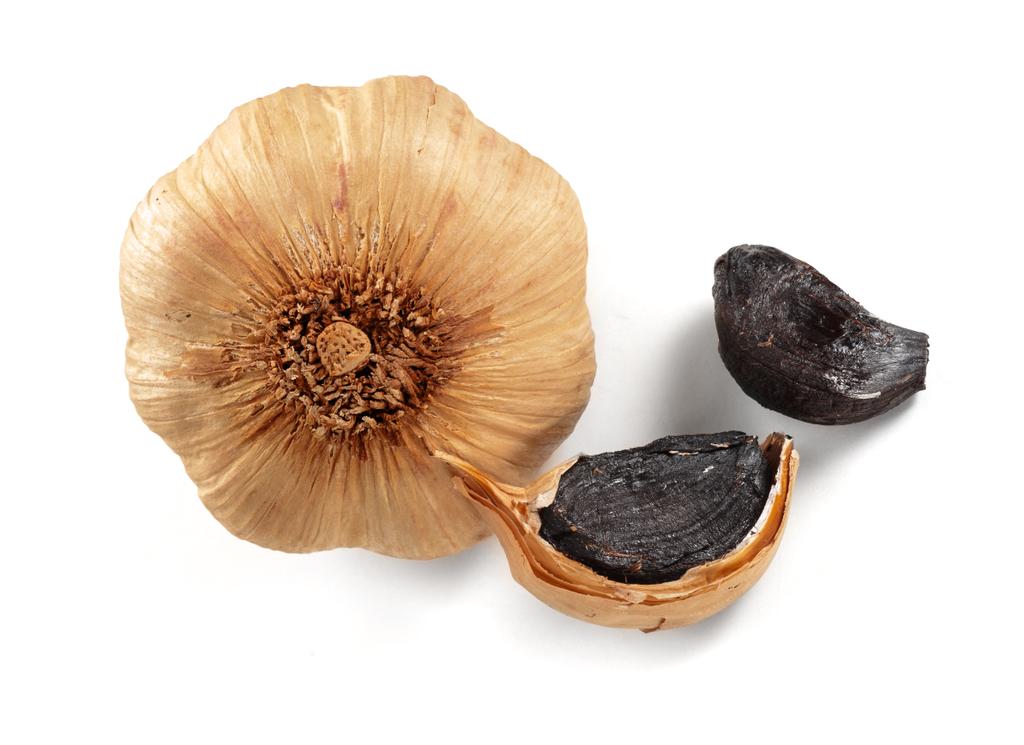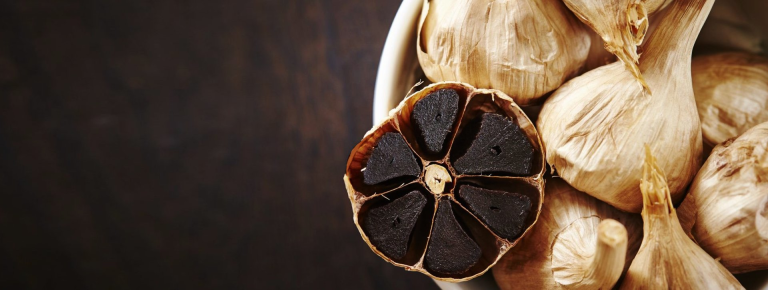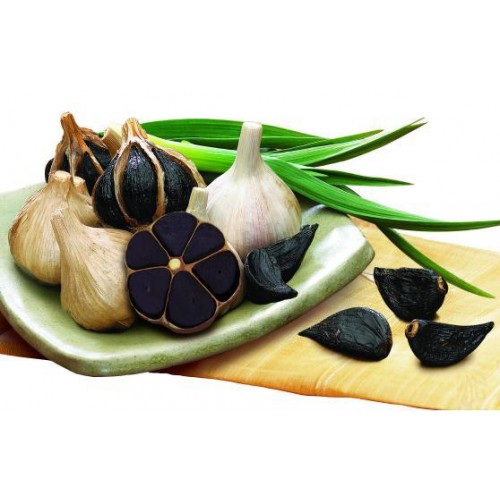Black Food is the name of a new nutritional trend that is increasingly focusing on black foods. What’s up with this trend? But above all: What is inside the black foods?
black food? If you first think of black currywurst with black fries or black burgers in brown bread – you’re actually right.
It actually started with a charred hot dog in a black bun, the photo of which went viral on social media. There is now hardly any food that someone has not already colored black – and not necessarily by charring.
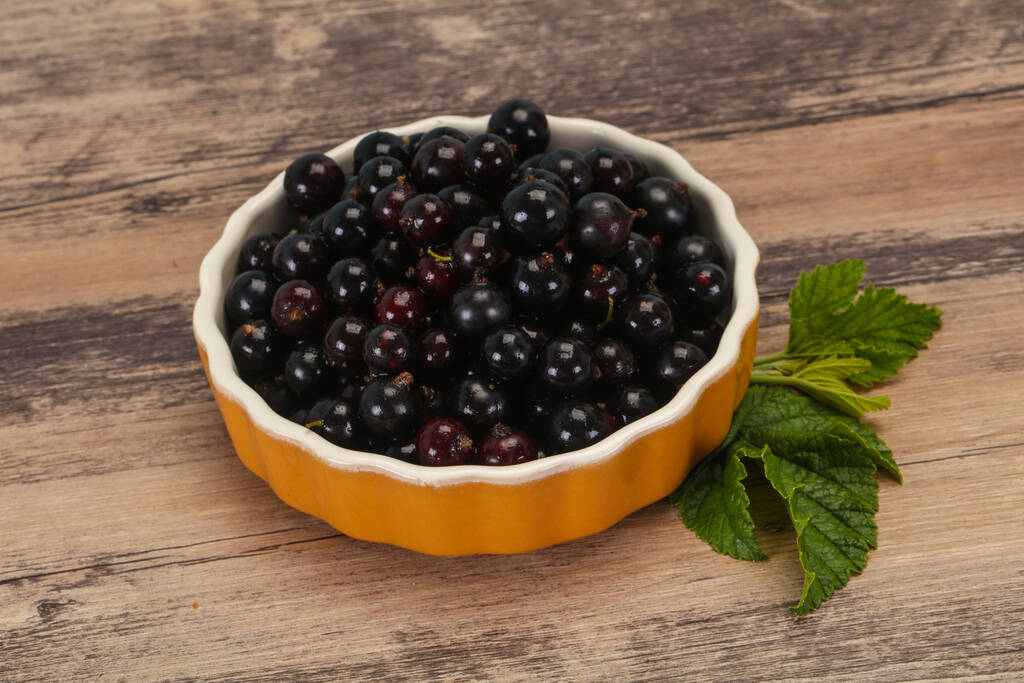
What makes food black?
Black food is primarily about the food being black. Regardless of how they got their black coloring. Because the color can be “grown up” in a natural way or added later. The most common colorings in black foods are:
Anthocyanins: These are natural plant pigments that make fruits and vegetables appear blue, purple, or almost black. Blackberries, for example, contain a lot of anthocyanins.
Iron(II) gluconate or iron(II) lactate: Both substances have an oxidizing effect and cause foodstuffs treated with them to turn a deep black. Cheap black olives are colored like this, you can recognize the subsequent coloring by additive numbers such as E579
Sepia: The dark “ink” of the squid is actually used to ward off enemies and has long colored Italian pasta specialties black.
activated charcoal
In addition to these commonly used food colorings, there are exotic variants. For example, the charcoal from burned coconuts, but from a chemical point of view this is nothing more than carbon.
What are the health benefits of black foods?
Black food is said to be healthy, so healthy in fact that even ice cream that’s been dyed black is advertised as “healthier.” Black foods are also said to detoxify, be good for the kidneys, prevent cancer and be particularly rich in vitamins, minerals and phytochemicals.
Activated charcoal black food
Foods colored with activated charcoal are the cheapest of the newfangled black foods. Activated charcoal is an approved food coloring (E number E153) and is added to many industrially produced foods to “pretty color” them. For example, jams and jellies with little fruit content
This does not make any product healthier – only blacker. Because activated charcoal is able to bind toxins, black food foods colored with charcoal are often advertised with additional benefits such as “detoxifying” or “detox”. However, a healthy body is already well equipped with the liver and kidneys to eliminate harmful substances.
The small amount of activated charcoal in black food doesn’t really matter – and nobody has to “detox” and “purify” anyway. In addition, activated charcoal is mainly used to make foods that are unhealthy per se “black & healthy”: French fries, currywurst and burger buns are not healthier if they are colored “raven black”.
ferrous gluconate and ferrous lactate
Olives and other foods colored black with ferrous gluconate or ferrous lactate do not confer any additional health benefit from the color. Olives colored black with ferrous gluconate (E579) are colored because they were not given time to ripen and were harvested green. You can easily recognize this by the fact that the core is still light green.
Iron(II) lactate (E585), like iron(II) gluconate, is only approved in the EU as a coloring for olives, but it is very well absorbed by the body and is therefore used to fortify foods with iron. This cannot then be recognized from the colour, because iron(II) gluconate is actually green-yellowish, the black color of the olives is only caused by oxidation. Here, too, the black color does not bring any added health value.
Natural dye sepia
Sepia, also known as “squid ink”, has now also established itself as a natural coloring agent for pasta in German kitchens. In homeopathy, sepia is used, for example, for gynecological disorders or diseases of the respiratory tract. However, there is still no scientifically proven knowledge on this.
Anyone who does not suffer from gynecological disorders or other diseases that Sepia helps against in homeopathy has no health benefit from the consumption of squid ink. On the contrary: the cream sauce that is often served with black pasta is not particularly healthy.
Incidentally, sepia does not have an E number, but it must be included in the list of ingredients because it can cause allergies.
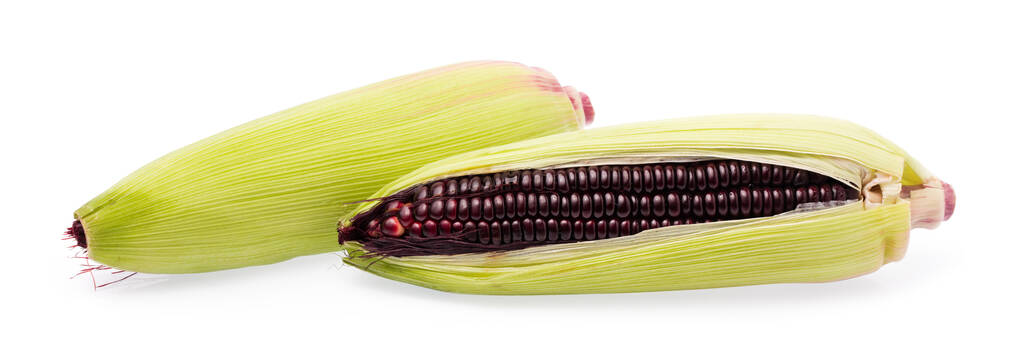
Black food thanks to anthocyanins
Anthocyanins belong to the flavonoids, are secondary plant substances and are therefore fundamentally healthy. The more flavonoids and healthy phytochemicals we take in, the better. Anthocyanins are not only responsible for the almost black coloring of fruit and vegetables, but also for the dark red color of cherries, grapes and hibiscus blossoms.
However, there are over 8,000 flavonoids, and all of them have been said to have antioxidant effects. They all fundamentally reduce the risk of cancer and cardiovascular diseases – regardless of their color. So there is no point in limiting yourself to black fruits and vegetables. Fruits and vegetables are inherently healthier than junk food and highly processed foods.



